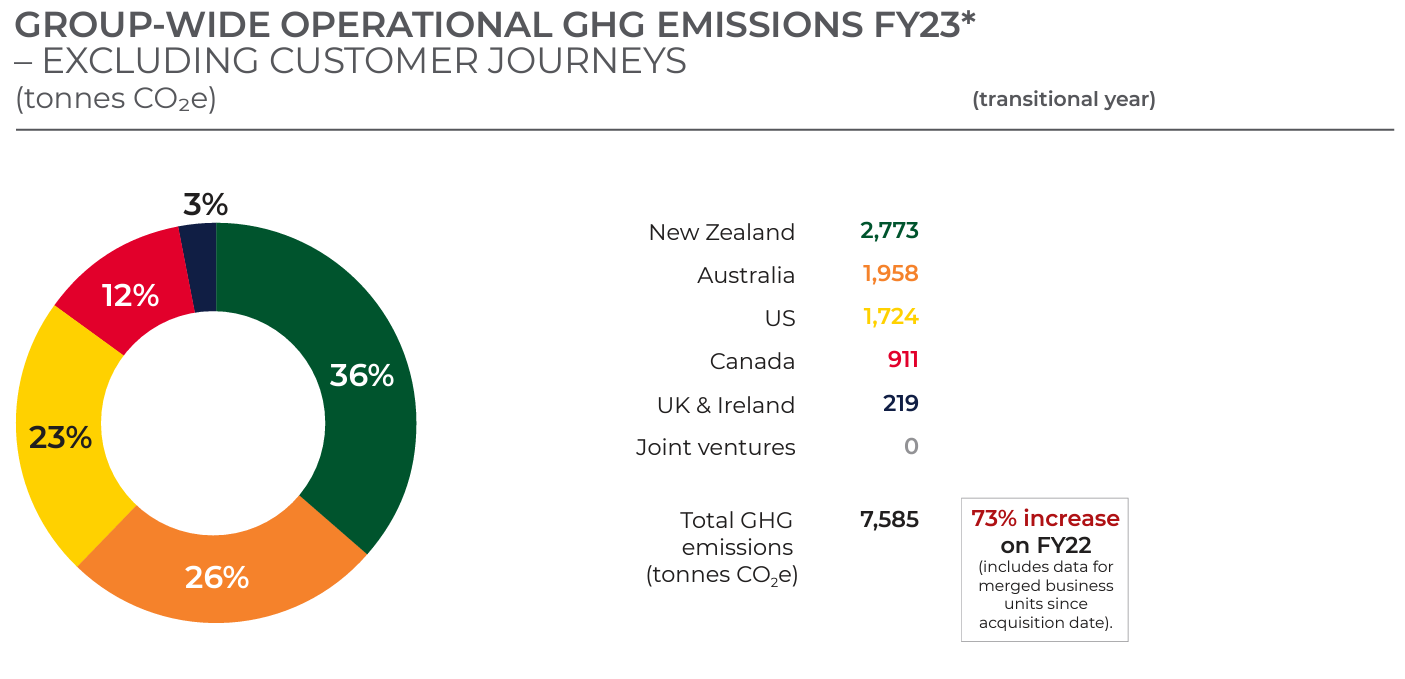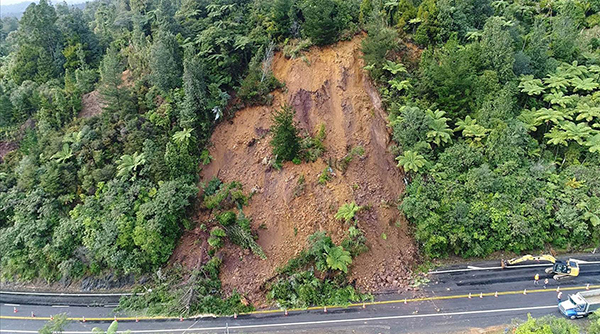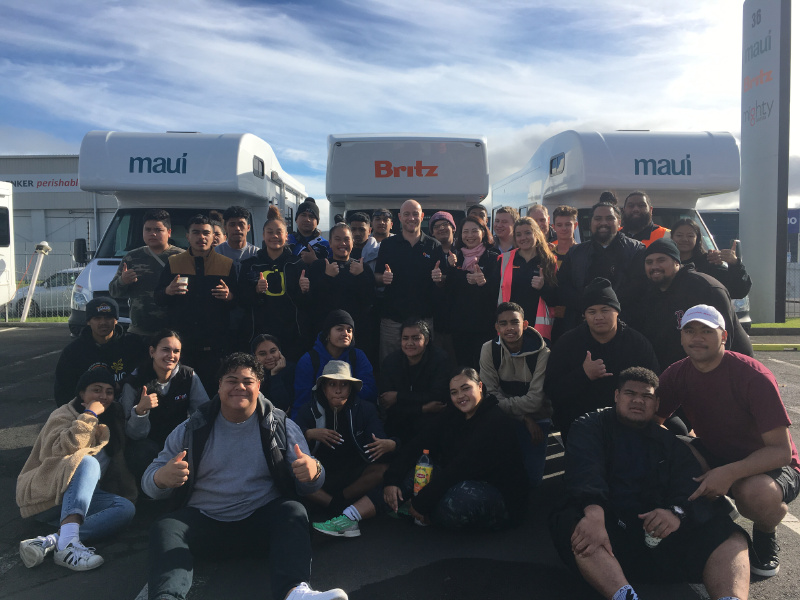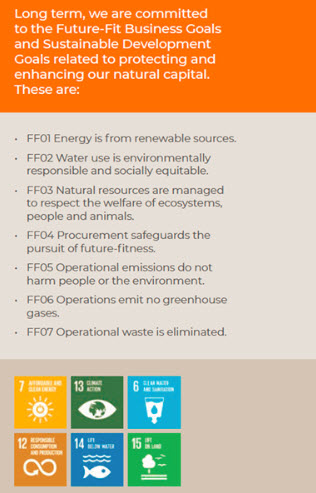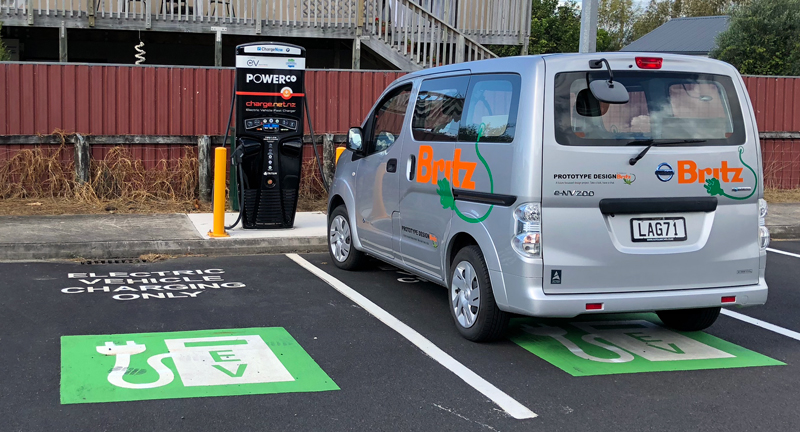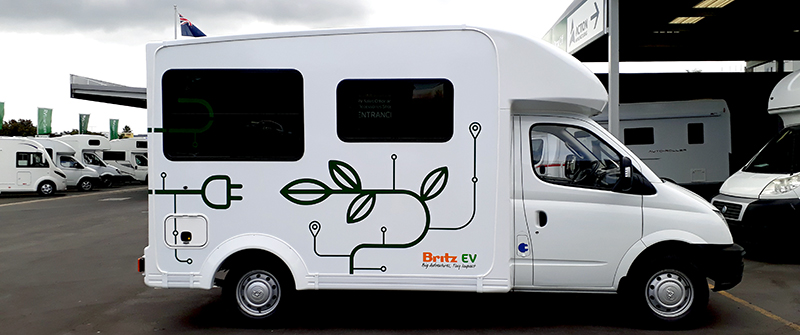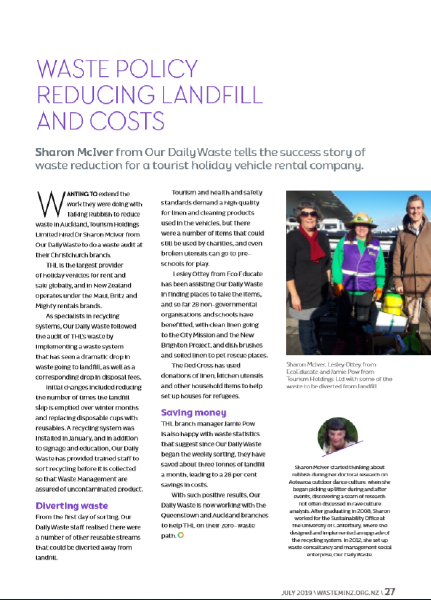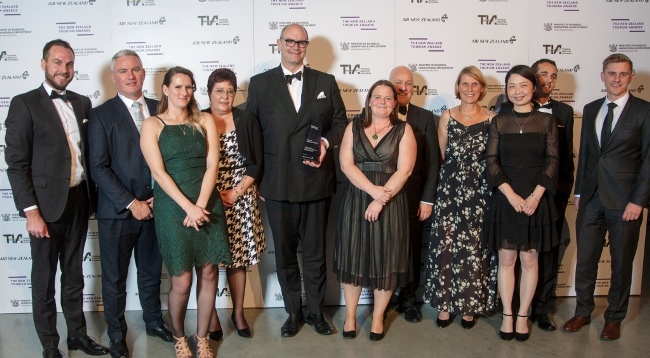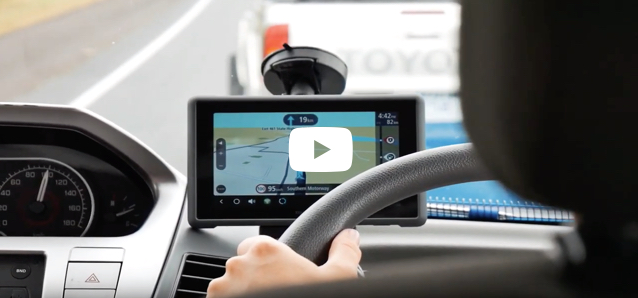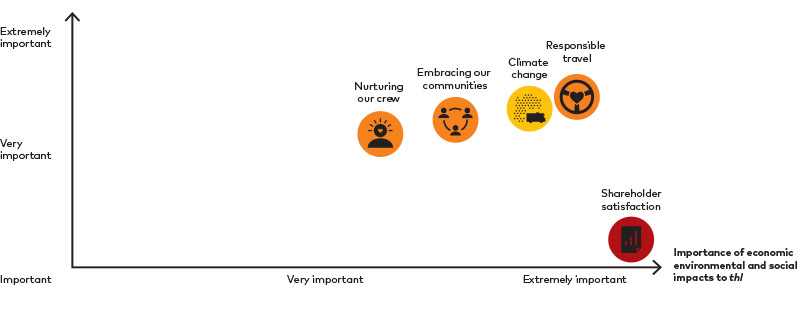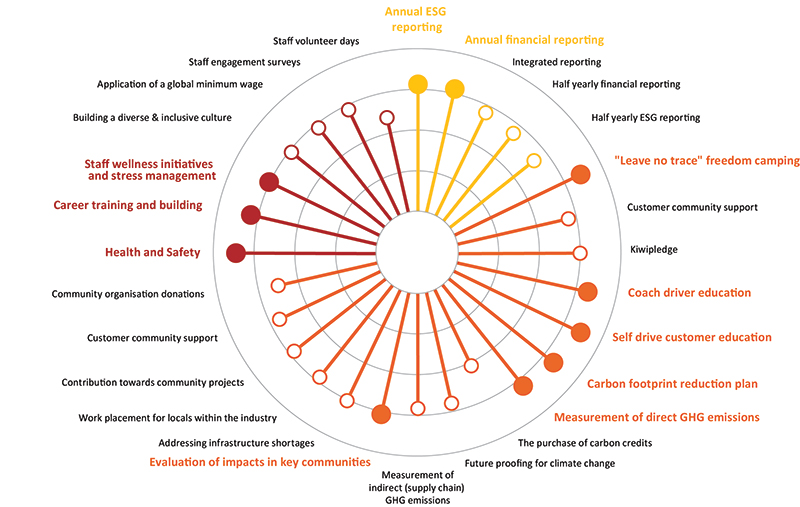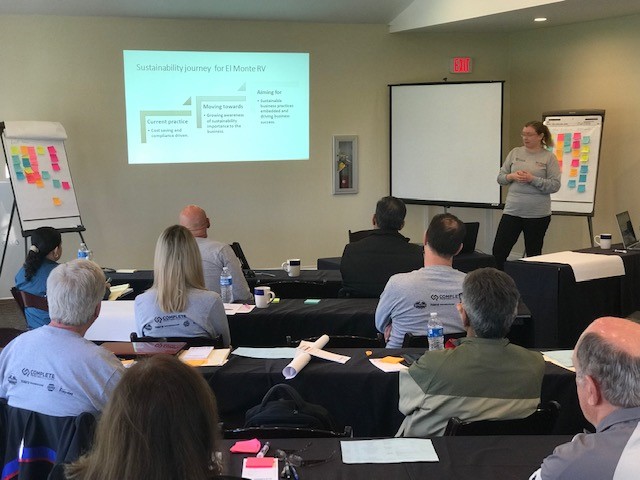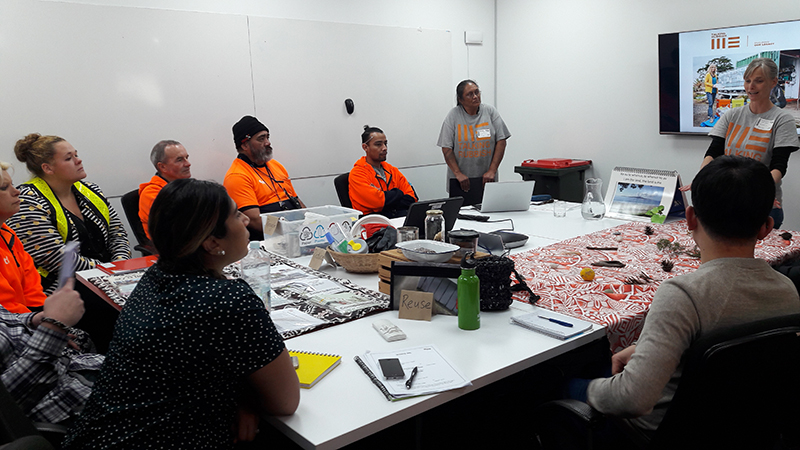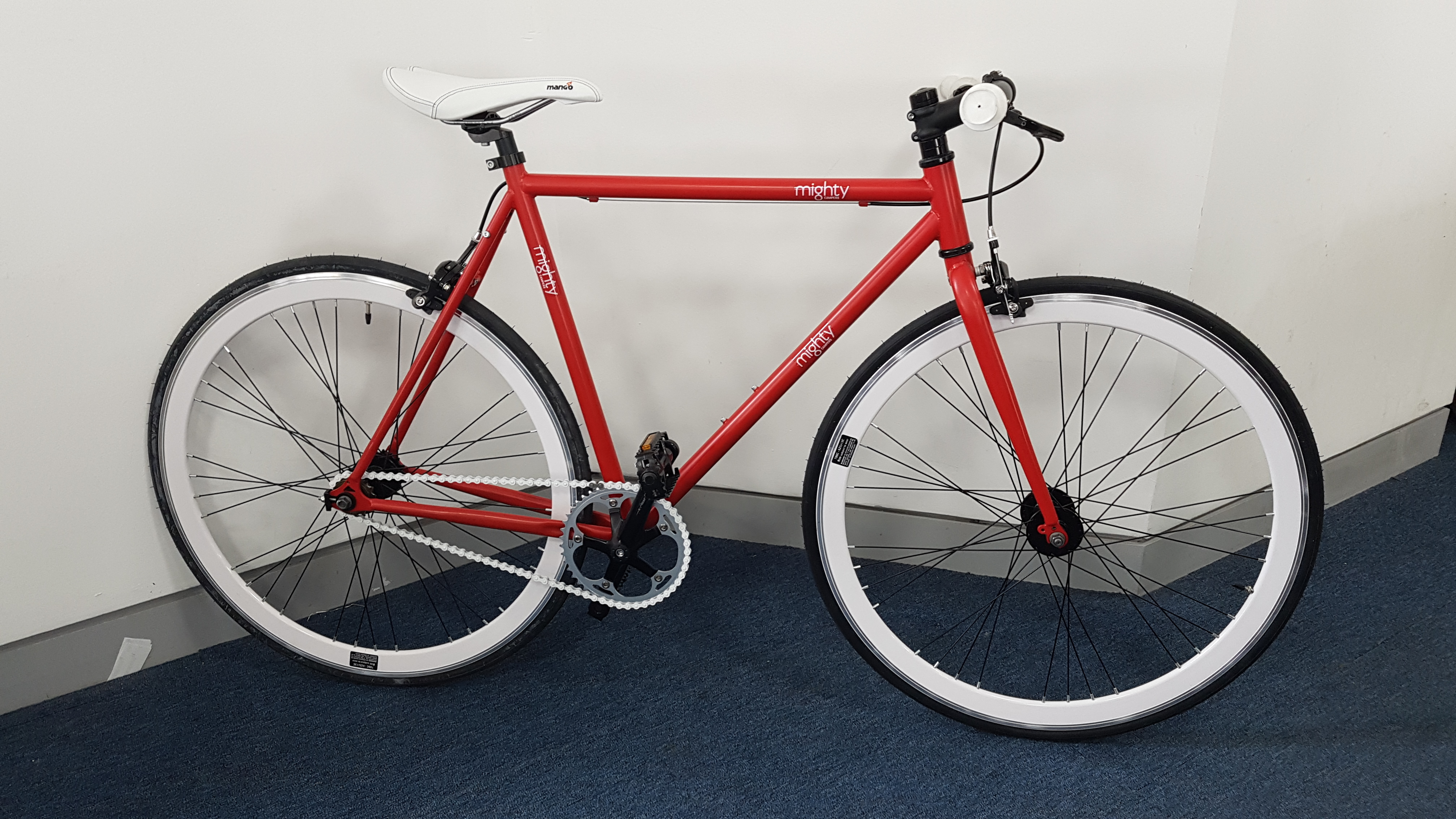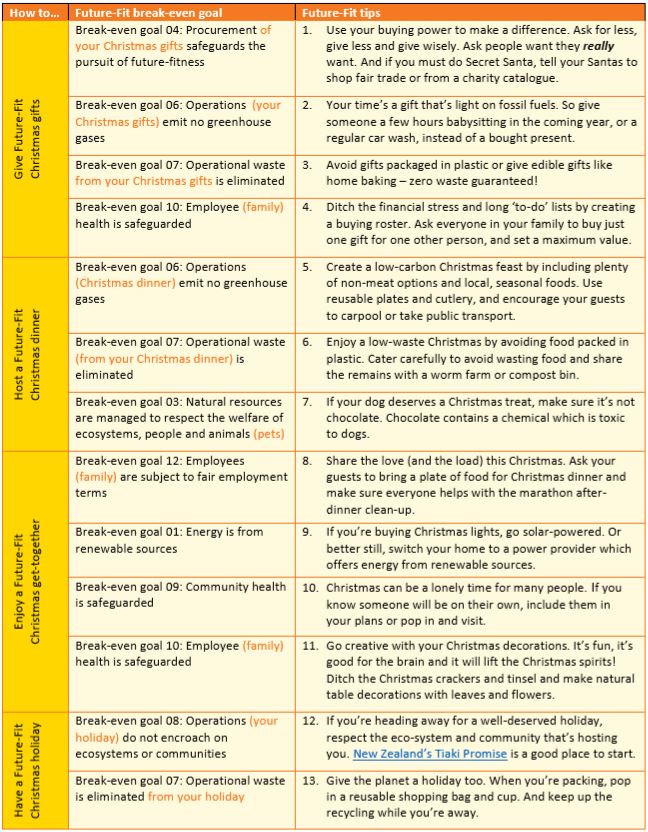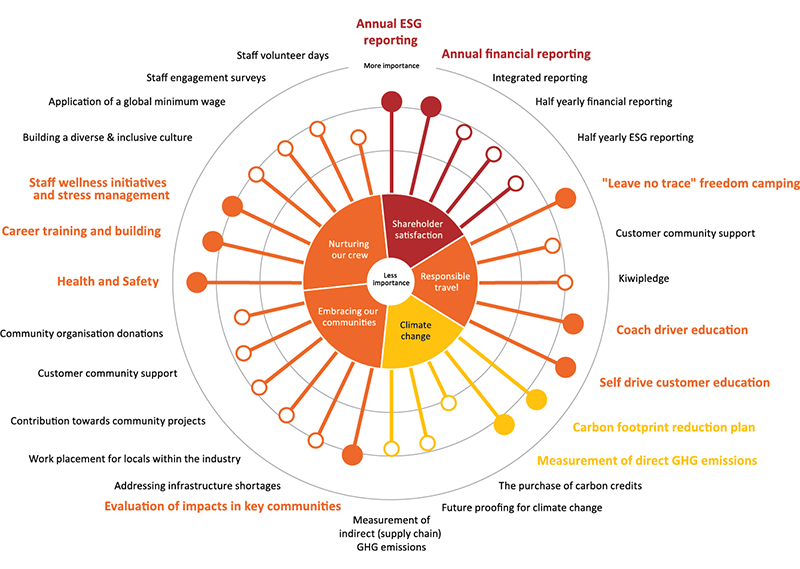Climate Disclosures: Risk Management
Aotearoa New Zealand Climate Standard 1
Disclosures 17-19
Disclosure objectives: To enable users to understand how thl's climate-related risks are identified, assessed, and managed and how those processes are integrated into existing risk management processes.
| NZ CS 1 | Disclosure Requirement | Disclosure Response |
| 18(a) | a description of its processes for identifying, assessing, and managing climate-related risks (see paragraph 19); and | Addressed in disclosure 19 (below). |
| 18(b) | description of how its processes for identifying, assessing, and managing climate-related risks are integrated into its overall risk management processes. | Our climate-related risks are managed through the ERM framework, with regular risks reviews, quarterly RIC and RRN meetings and bi-monthly ARC meetings. This ensures our climate-related risks are properly managed at governance, management and operational levels. |
| 19(a) | the tools and methods used to identify, and to assess the scope, size, and impact of, its identified climate-related risks; |
This year we have used two primary tools and methods to identify and assess the scope, size, and impact of our climate-related risks (as recommended in paragraph 11(b) – XRB Climate-related Disclosures Staff Guidance (May 2023)): Climate Scenario Analysis – A process to explore and prepare for the impact of our CR&Os under three plausible and challenging future pathways. This strategic tool enables thl to understand how the business model performs under different scenarios, informing our priority CR&Os and capital allocation. Anticipated impacts to thl’s business model can be found in disclosure paragraph 11(d). Future Fleet Global Scan – In response thl’s priority CR&Os (particularly fleet decarbonisation), thl commissioned consultants to undertake a global ‘Future Fleet Scan’ of trends across thl’s regions of operation. The consultants' researchers and specialists in climate, energy, and transport explored climate trends, speed of regulatory change in phase-out of ICE vehicles, opportunities for grants and research in edge technology and infrastructure readiness. This research is informing thl’s Future Fleet Programme and transition planning. |
| 19(b) | the short-term, medium-term, and long-term time horizons considered, including specifying the duration of each of these time horizons; | Addressed in 14(a). |
| 19(c) | whether any parts of the value chain are excluded; | thl is a dynamic business and our ongoing acquisitions make the identification of risks in our value chain challenging. We will be in a position to assess our value chain in more detail once we complete a full Scope 3 GHG inventory and restate our GHG baseline in FY24. |
| 19(d) | the frequency of assessment; and |
We take a materiality approach to all identified risks and record these in a risk register. Critical risks are reviewed monthly at a minimum, usually more frequently. Climate risk is a standing item in reporting to the ARC. Our priority climate-related risks are reassessed and reviewed through our annual scenario analysis and materiality exercise. We begin this process with a prioritisation workshop before analysing our CR&Os under three plausible climate scenarios. In June 2023, our Executive-level RIC members and other internal stakeholders attended climate scenario analysis workshops to re-assess and re-prioritise thl’s priority climate-related risks and opportunities for this year and test these against updated climate scenarios. |
| 19(e) | its processes for prioritising climate-related risks relative to other types of risks. |
